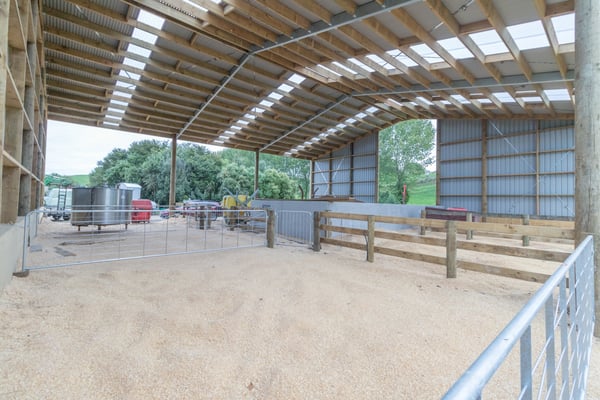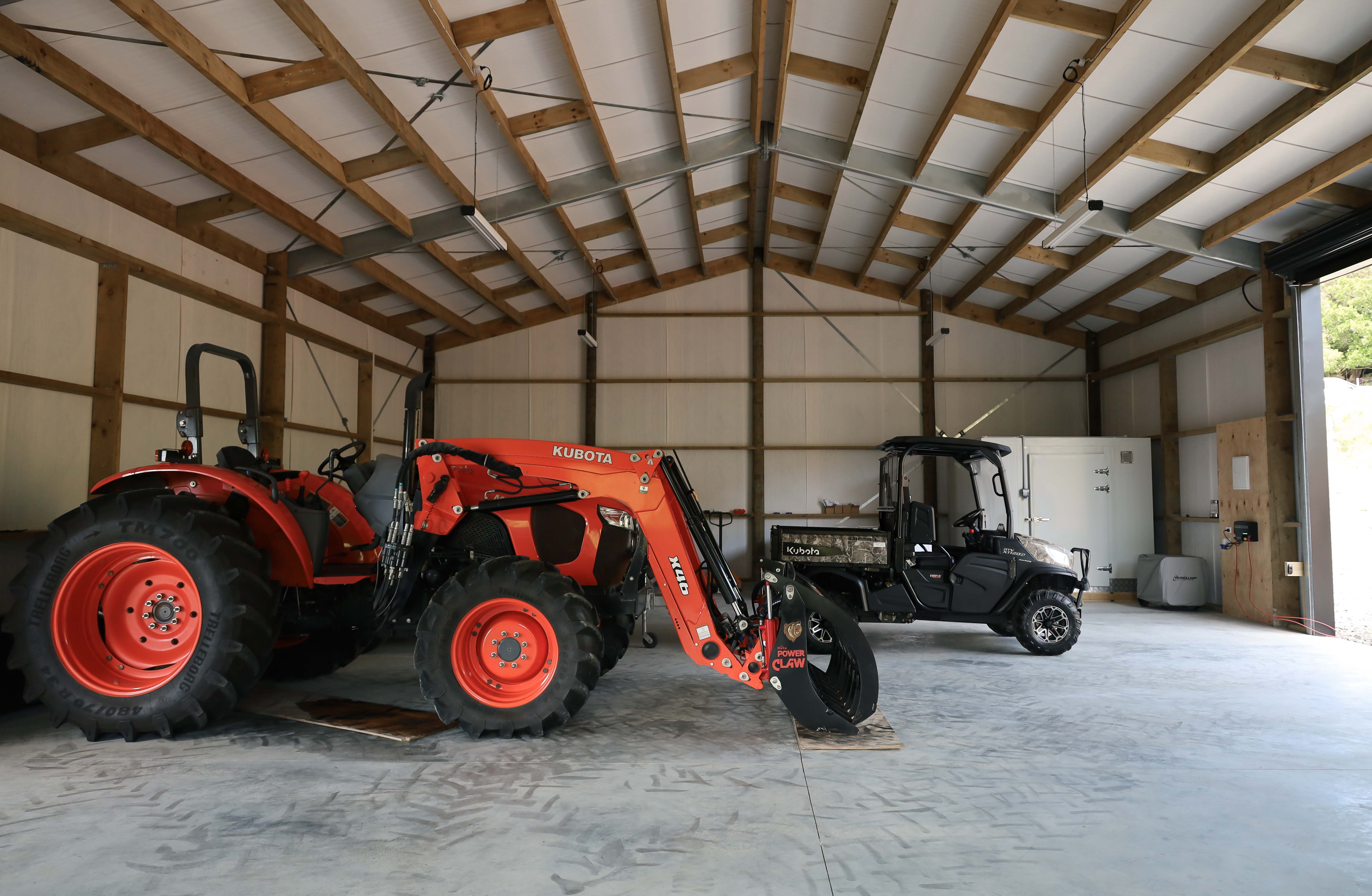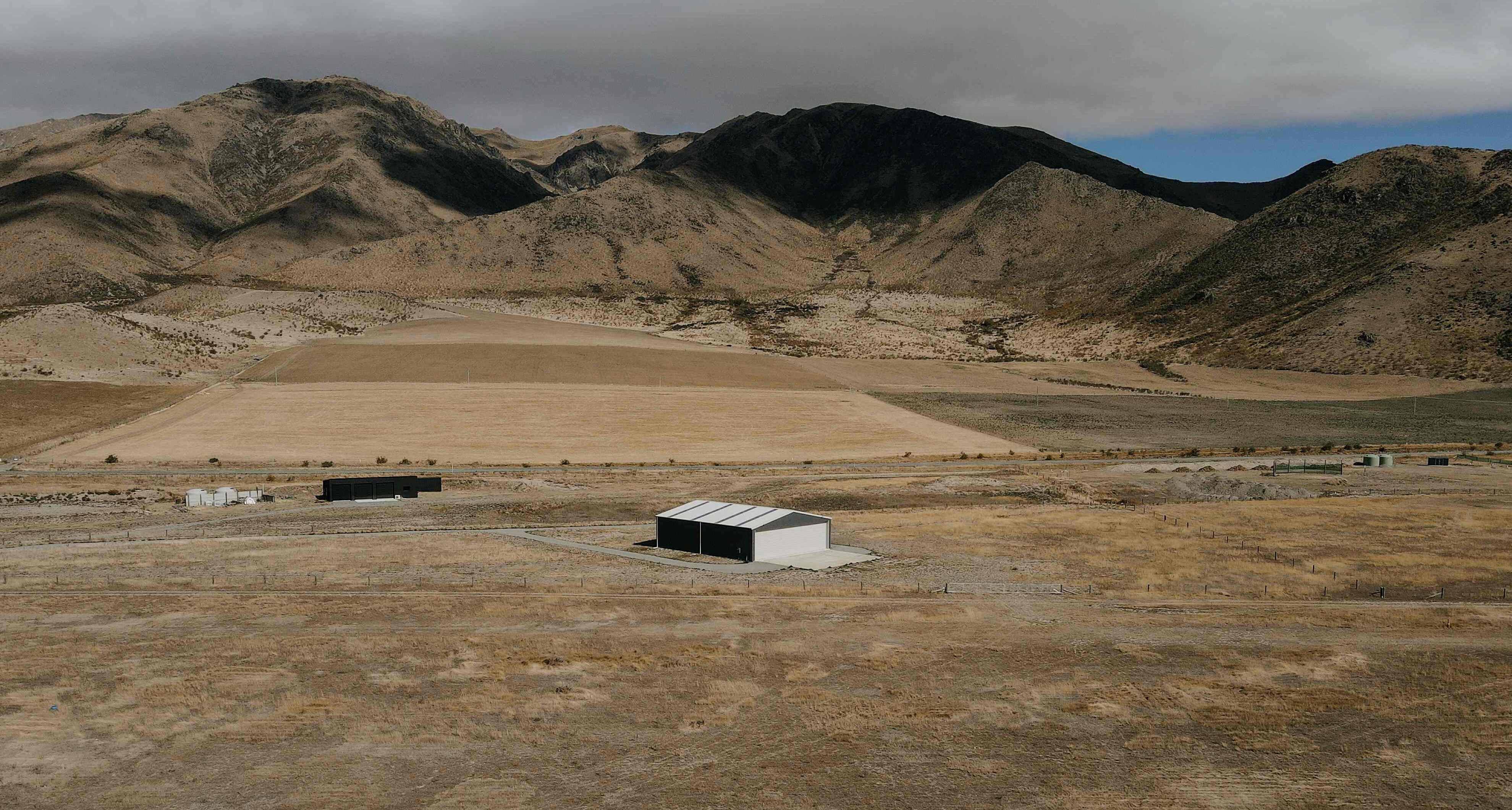 Caring for calves is at the heart of every dairy farmer’s business and with calving season underway, it pays to remember that healthy, well-cared-for animals are vital to producing safe, high-quality milk down the track. To set a dairy cow up for a long, productive life you must give her, and her calf, the best possible start.
Caring for calves is at the heart of every dairy farmer’s business and with calving season underway, it pays to remember that healthy, well-cared-for animals are vital to producing safe, high-quality milk down the track. To set a dairy cow up for a long, productive life you must give her, and her calf, the best possible start.
Whether your calves are waiting to be collected or part of your herd growth plans, it's crucial that you look after them while they are with you.
Calves that are not with their mother are vulnerable. They must have warm, dry shelter, access to good feed and water and have plenty of room to move. Calves are most at risk during the breeding months as cold weather affects them more due to their small size and lack of established bodily fat. Even when the weather is good, providing shelter from the sun and a cool place to rest is important. Having good shelter is important as even strong and healthy calves can die if exposed to adverse weather.
Cold weather can have significant real-world impacts on developing calves. Cold stress has been proven to decrease the rate of absorption of colostrum in newborn calves, therefore compromising their immune system and contributing, potentially, to morbidity and mortality. Sheds used for rearing calves should include a draught-free covered area to protect calves from the elements, and any paddocks used as they develop should have shelter accessible to all calves.
There are a number of things to consider when planning for providing adequate shelter for calves.
- Long term shelter for calves - dirt or bark on the ground gives them soft flooring which reduces fatigue and injury. Consider upgrading this to rubber matting for easy cleaning and durability.
- New Zealand's weather - longer winter months not only effects the calves but also the grass. Build in feeding stations where you can monitor feed, even if the calf is being slaughtered.
- Animal shelters can be customised to include a lock-up workshop. This can help maximise feed storage during the challenging months and be used as equipment storage during the rest of the year.
- NO bird perch steel rafters to keep calves healthy and free from bird droppings which could carry harmful bacteria and disease.
The young calf regulations, issued in 2016, remain in effect but are now incorporated in the Animal Welfare (Care and Procedures) Regulations 2018. According to the MPI's Further Information on Animal Welfare the definition of young calf in the Regulations may capture some beef animals."There is no clear animal welfare reason to differentiate between calves based on their eventual purpose. For this reason the definition of a young calf was written with the intention of capturing any calf which has been separated from its mother and is up to 14 days of age."
The regulations outline the requirements for sheltering young calves under Regulation 9, which requires that shelter must be provided that:
- is ventilated;
- provides protection from adverse weather, so keeping the calves warm and dry;
- enables the young calf to stand up and lie down in a natural position - so ensuring stocking density and roof height are chosen accordingly; and
- is clean - faeces and urine must not accumulate to the extent that they may pose a threat to the health or welfare of the calf
This regulation applies to an owner or person in charge where young calved are being held:
- before being transported off farm;
- at saleyards;
- at processing premises; and,
- applies to the transporter when the calves are on a vehicle used to transport them off farm or from a sales yard.
You may already have an existing structure (holding pen, vehicle) which meets all of these requirements, or it may be that you need to make some minor changes to ensure you are compliant with every component of the regulation. Stocking densities need to be considered to ensure calves are able to both stand up and lie down in a natural posture. Shelters might need to be flexible to provide greater protection on a cold windy day and more ventilation on a hot day. If you do think you need to make some more major changes, industry guidance is available from HERE.
Whether looking after calves for a short period or for many years, appropriate shelter is important to remain compliant with the regulations.









